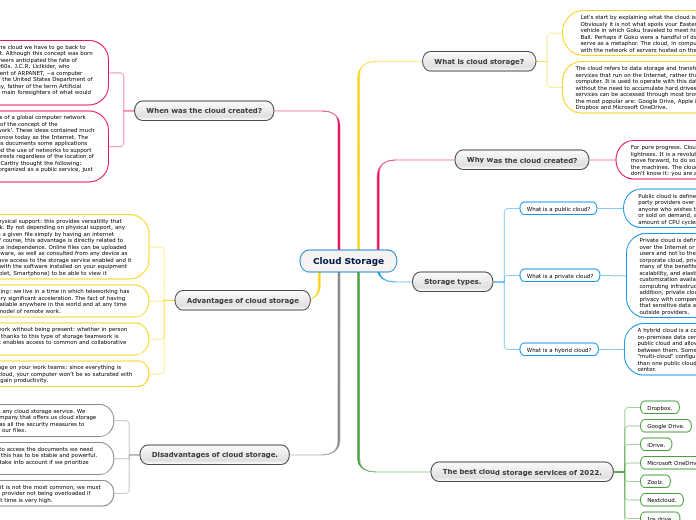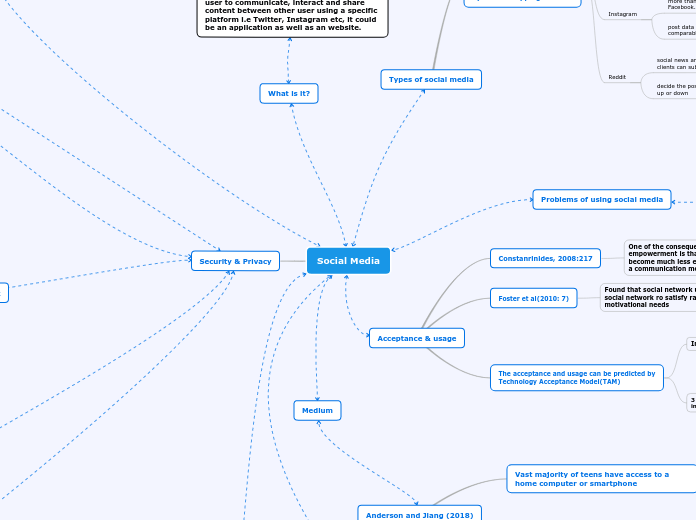por Julio Orellana hace 2 años
180
Cloud Storage
Cloud storage offers a modern solution for data management by leveraging the internet to store and transfer files rather than relying on local hardware. This method eliminates the need for physical storage devices, allowing users to access and manage their data from any device with an internet connection.









